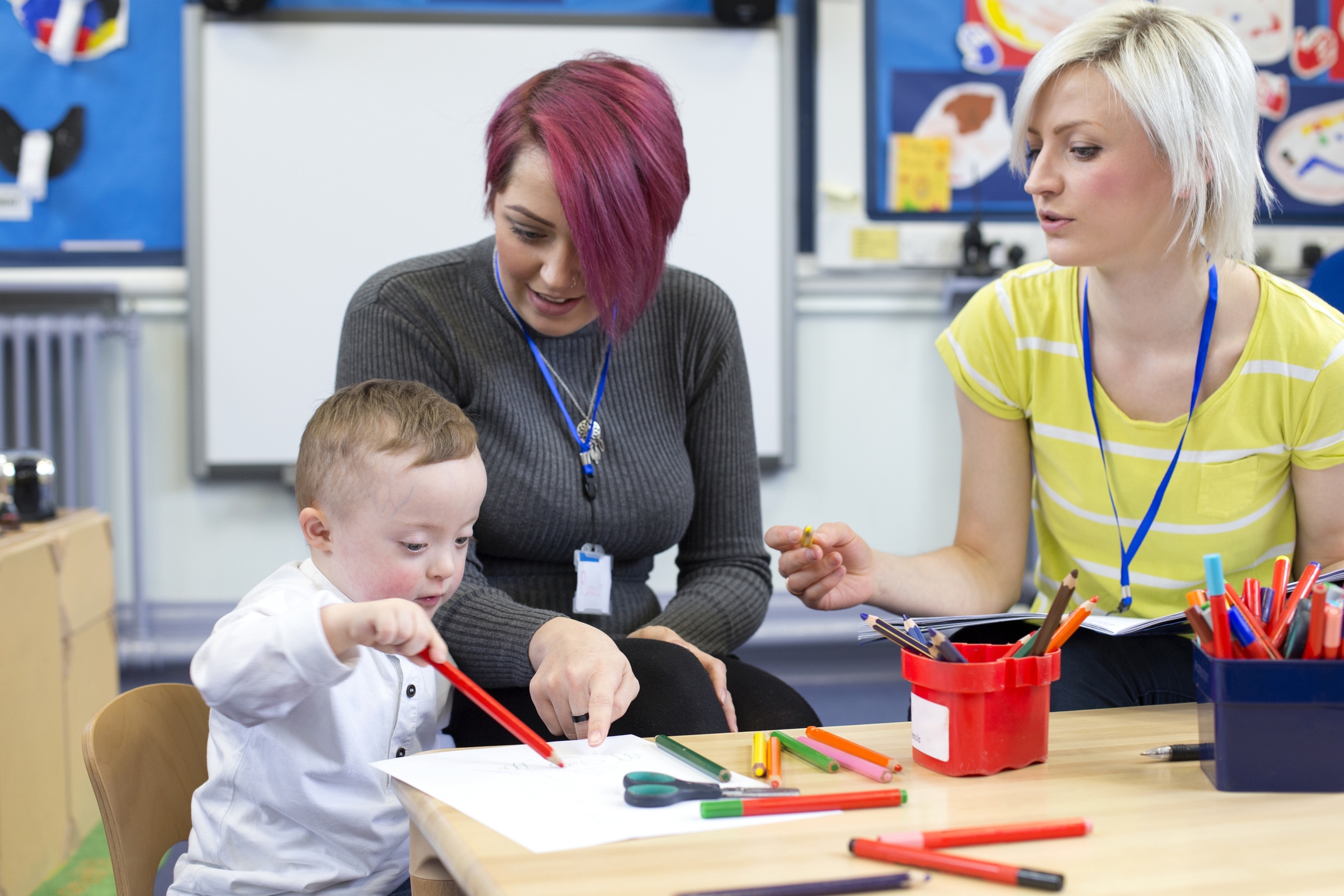Pupils with learning disabilities often face many different types of learning barriers. As a teacher it’s important to know how to identify barriers to learning, knowing when to intervene and how you can help your student reach their full potential. Barriers to learning can be intrinsic barriers such as mental health disorder, dyslexia, ADHD, autism spectrum disorders, or extrinsic barriers such as cultural barriers or emotional barriers.
There are 3 ways you
as a teacher can identify barriers to learning:
1)
Review a student’s schoolwork
over a period of time. Look for gaps in knowledge of key concepts taught in
class, any significant grade decreases, a lack of progress or improvement and
misunderstanding questions and objectives are good things to look out for.
2)
Observer their behaviour. Focus
on their ability to concentrate and pay attention in class, make note of their
learning styles, their emotional and social engagement and how they react to
various situations.
3)
Speaking to the pupil. You can pick
up a lot of hints by having a conversation with your pupils. A lack of eye
contact, social awkwardness, social anxiety, and inability to effectively
communicate are some of the signs that your pupil may be affected by barriers
to learning.
The main barriers
in classrooms come from a lack of confidence and motivation. Here
is a list of some of the tell-tale signs of a lack of confidence and
some possible strategies you can employ to help them overcome these barriers.
1)
Fear of making mistakes. This
is likely from a past negative experience from making a mistake, perhaps in
class or at home. Create a classroom environment where students know it is okay
to make mistakes, reinforce the idea that making mistakes is part of learning
and that there is nothing wrong with it. Ensure your students encourage each
other and there is no negativity towards making mistakes.
2)
Unwillingness to ask for help.
Students with a lack of confidence have trouble asking for help or guidance on
their own. The best way to address this is to decrease the distance between you
and your students. Encourage them to ask for help, have designated question
time and encourage students to come to you whenever they need help.
3)
Low self-esteem. Have feedback
sessions with your pupils, those with low self-esteem in particular need to be
reminded of what they do well. Make sure all feedback is constructive and
encouraging. Do this often to reassure them and boost their self-esteem.
Pay attention to
these identifiers of barriers to learning that are a result of a lack of motivation.
1)
Doing the bare minimum.
Encourage students to go the extra mile. This could be through a reward system,
praise, and a comfortable learning environment. More active learning and less
passive listening and copying also helps students with low motivation. Try to
make what you are teaching interesting or relatable, so they have more of a
connection to the learning material.
2)
Gaps in knowledge. Not being
able to keep up with the class due to a gap in knowledge can be very
demotivating. Be sure to continuously touch upon key concept in your learning
units through tests and asking students questions. Make sure nobody is missing
crucial information and that everyone understands the core concepts.
Barriers to
learning can hinder a student’s progress and work quality. Knowing what to look
out for and what you can do help students overcome them is important to
understand. These advanced tips are just the tip of the iceberg. If you want to
know more about how to remove barriers to learning then register with us today
and gain access to our CPD courses. We cover removing barriers to learning and
several other advanced teaching strategies and skills. Register today for full
access to our extensive CPD library and participate in our online seminars.
Register at: https://www.simplyeducation.co.uk/register
Find our CPD
courses at: https://www.simplyeducation.co.uk/cpd-training/courses





